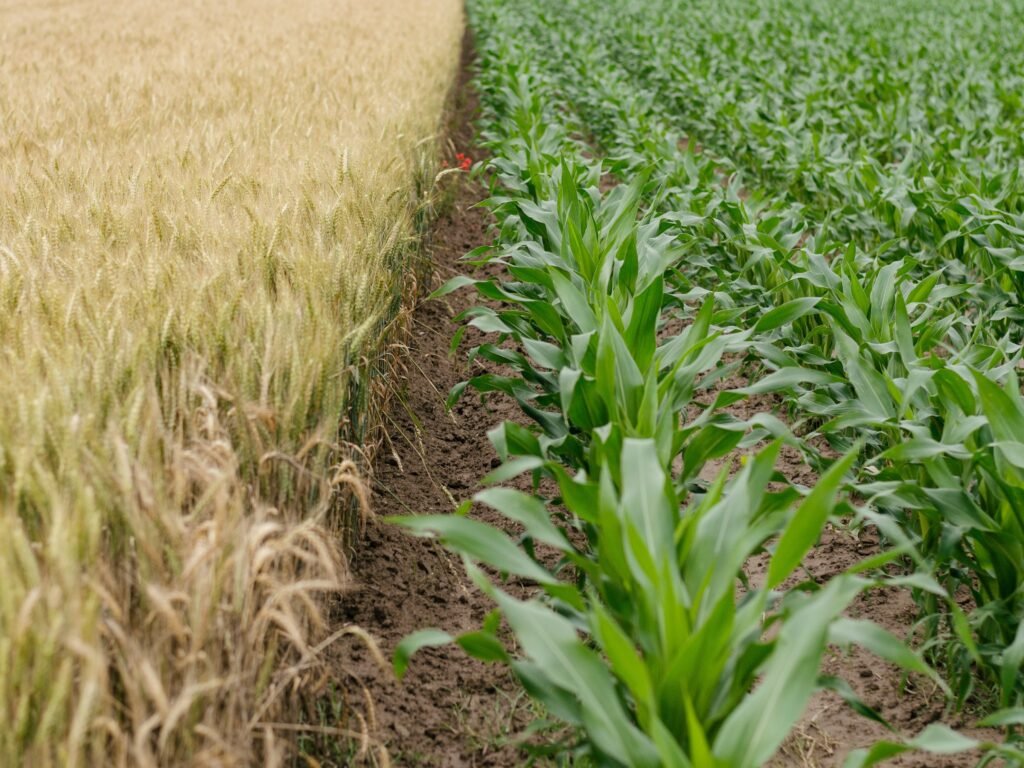Table of Contents
- Introduction to Soil Health in Regenerative Farming
- What is Soil Regeneration Farming?
- Principles of Soil Health
- Methods of Soil Regeneration
- The Role of Microorganisms in Soil Health
- Benefits of Regenerative Agriculture
- Conclusion
Introduction to Soil Health in Regenerative Farming
How Healthy Soil is Key to Successful Regenerative Farming is more than just a catchy phrase; it’s a crucial realization that every farmer should embrace. Healthy soil forms the foundation of regenerative agriculture, which focuses on improving soil health through various practices. When farmers prioritize soil regeneration, they enhance not only the productivity of their crops but also contribute to sustainable environmental practices.
Soil regeneration involves replenishing the natural nutrients in the soil, ensuring it is alive and full of beneficial microorganisms. A vibrant soil ecosystem is essential for the creation of robust and healthy crops, making the connection between soil health and farming success undeniably strong.
What is Soil Regeneration Farming?
Soil regeneration farming is an approach that emphasizes restoring and maintaining the health of soil through natural processes. Unlike conventional farming, which often depletes soil nutrients, soil regeneration farming aims to work with the land’s ecosystem. This approach includes a variety of practices aimed at enhancing soil structure, fertility, and biodiversity.
Key Features of Soil Regeneration Farming:
- No-Till Farming: Reduces soil compaction and promotes the growth of beneficial soil microorganisms.
- Cover Cropping: Cultivating crops that cover the soil, preventing erosion, and improving organic matter.
- Crop Rotation: Alternating the types of crops grown in a particular area to improve soil health and reduce pest and disease cycles.
Principles of Soil Health
The foundation of successful regenerative farming rests on the soil health principles. These guidelines help farmers develop practices that nurture the soil’s natural capabilities.
1. Soil Cover
Keeping soil covered with plant cover or mulch is vital in protecting against erosion and retaining moisture.
2. Minimize Soil Disturbance
Limiting external disturbances helps maintain soil structure and the habitat for its microbial community.
3. Biodiversity
Encouraging a diverse range of crops and microbes improves resilience against pests and enhances soil health.
4. Continual Living Roots
Maintaining live roots in the soil as much as possible supports the ecosystem and provides food for soil microorganisms.
5. Integration of Livestock
Incorporating livestock can aid in waste recycling and improve soil nutrient content naturally through manure.
These soil health principles guide farmers in implementing effective regenerative agriculture practices.
Methods of Soil Regeneration
There are several methods of soil regeneration that farmers can adopt, each tailored to specific regional conditions and farming goals.
- Composting: Converting organic waste into nutrient-rich compost that enriches soil.
- Green Manures: Using specific plants grown primarily to improve soil fertility when turned into the soil.
- Biochar: Adding charcoal to soil enhances its ability to retain moisture and nutrients.
- Mulching: Covering soil with organic material to help retain moisture and control weeds.
By employing these methods, farmers can ensure that their soil remains healthy, productive, and capable of supporting sustainable agriculture for the future.
The Role of Microorganisms in Soil Health
Soil health is deeply intertwined with the microbial community thriving within it. Beneficial microorganisms play a critical role in breaking down organic matter, cycling nutrients, and even aiding in plant disease resistance.
Benefits of Microorganisms:
- Nutrient Cycling: Microbes help decompose organic matter, making essential nutrients available for plants.
- Soil Structure: Root exudates from plants feed microbes, which in turn help develop soil aggregates that improve water filtration.
- Disease Suppression: A healthy diversity of microorganisms can outcompete pathogens, keeping crops healthy.
Encouraging biodiversity within the soil’s microbial community can lead to a more resilient farming system.
Benefits of Regenerative Agriculture
The practices of regenerative agriculture not only focus on soil health but also deliver numerous benefits:
- Improved Crop Quality: Healthier soils produce crops richer in nutrients.
- Increased Yields: Farmers often see higher productivity from their fields as soil conditions improve.
- Environmental Resilience: Healthy soil can better withstand climate conditions, reducing flood risks and increasing drought resilience.
- Carbon Sequestration: Practices that enhance soil health contribute to capturing carbon emissions, playing a role in climate change mitigation.
Additionally, regenerative agriculture fosters a connection between farmers and their land, encouraging stewardship and community engagement.
Conclusion
In summary, understanding How Healthy Soil is Key to Successful Regenerative Farming builds a path toward a more sustainable agricultural future. By recognizing the vital role of soil regeneration, farmers can enhance not only their productivity but also their relationship with the environment.
Engaging with soil health principles, implementing effective soil regeneration methods, and fostering a thriving microbial community leads to improved crop health and farming sustainability. Let’s cultivate a healthier future together, where soil health is paramount to our farming practices. To dive deeper into soil regeneration and explore more on regenerative agriculture, consider looking at resources from Food and Agriculture Organization (FAO) or join community forums that discuss practical methods for enhancing soil health in farming.
